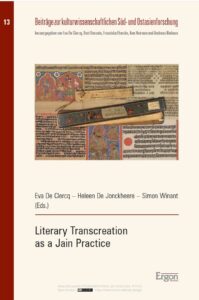 Title
Title
Literary transcreation as a Jain practice
Editor
Eva De Clercq (UGent) , Heleen De Jonckheere (UGent) and Simon Winant (UGent)
Abstract
A vast corpus of Jain texts lies unexamined in manuscript libraries, several of them new versions of earlier works. Though the prevalence of literary transcreation in Jain communities is striking, it is by no means a practice exclusive to them. The field of South Asian Studies has increasingly dealt with the creative engagement of authors with an authoritative literary object. Although these studies have brought to the fore important conclusions, the Jains as a literary community have remained absent from these discussions. This volume addresses this gap, highlighting the influential role of Jain authors in the multilingual literary world of South Asia.
Full references
http://hdl.handle.net/1854/LU-01JJKW7XG73BBFBMHHDTAA21GS
 Title
Title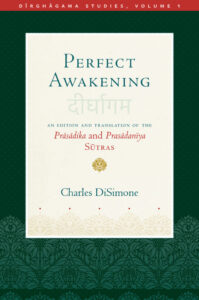 Title
Title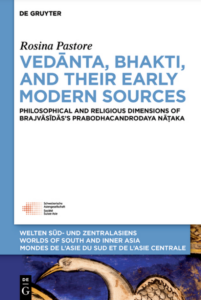 Title
Title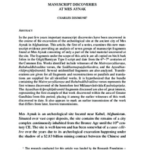 Title
Title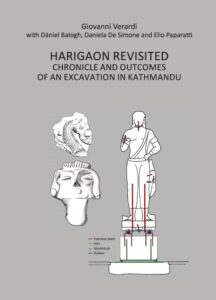 Title
Title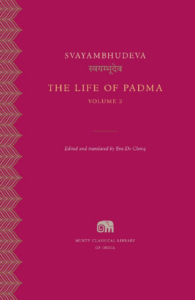 Title
Title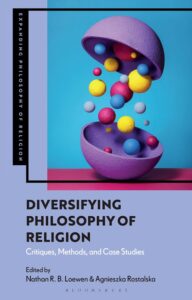 Title
Title Title
Title